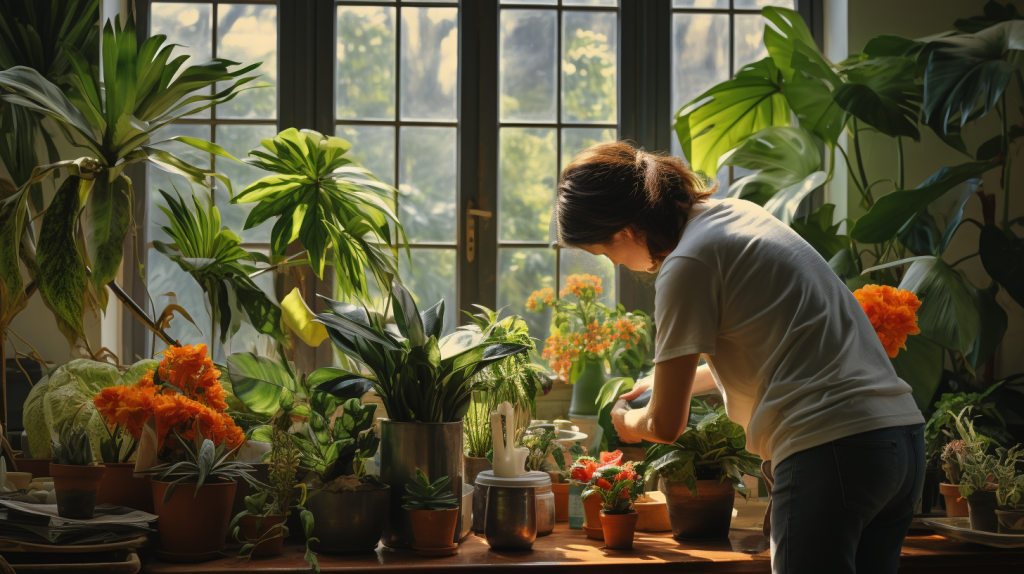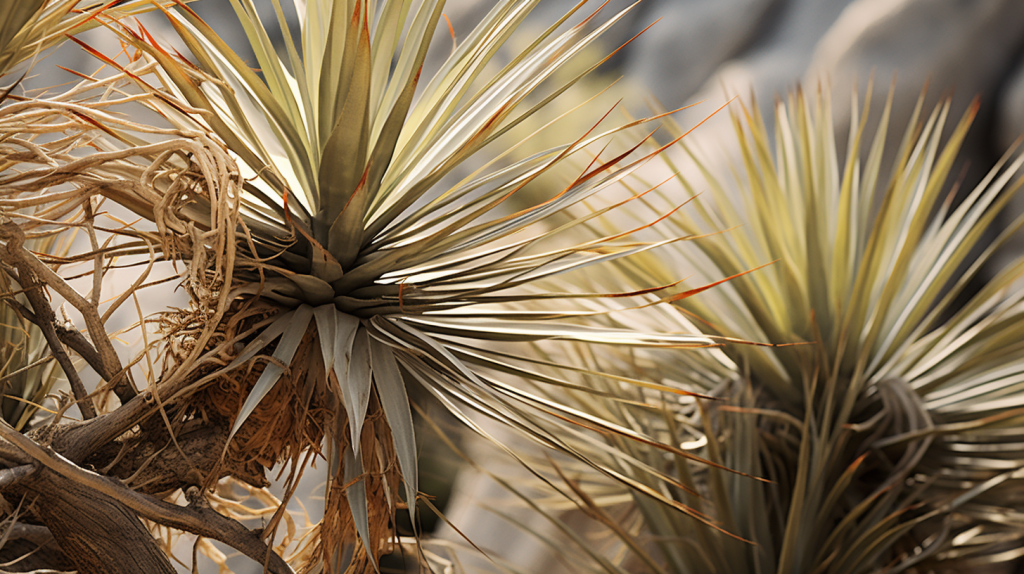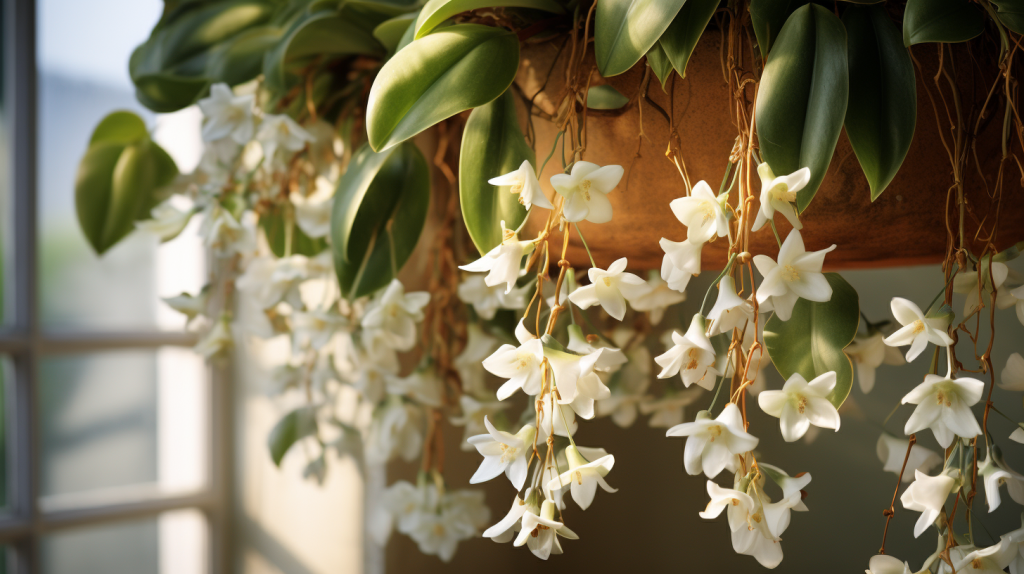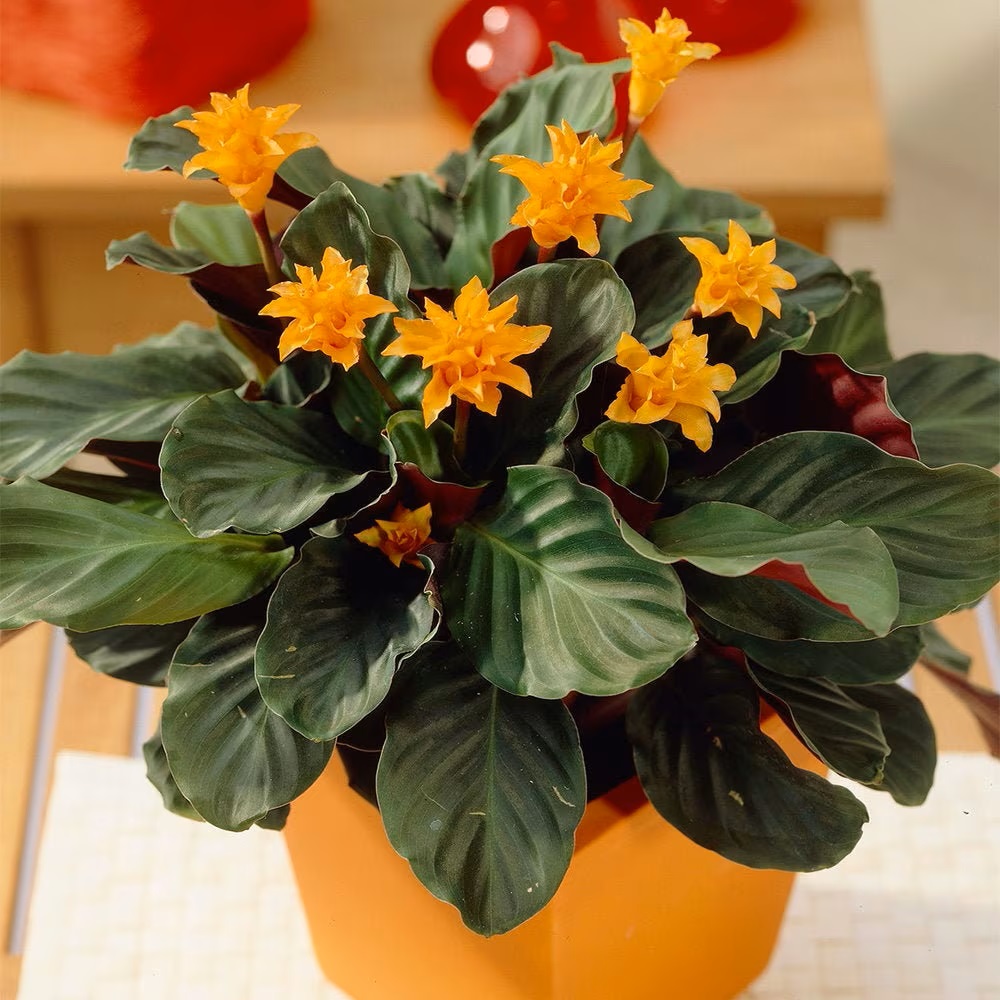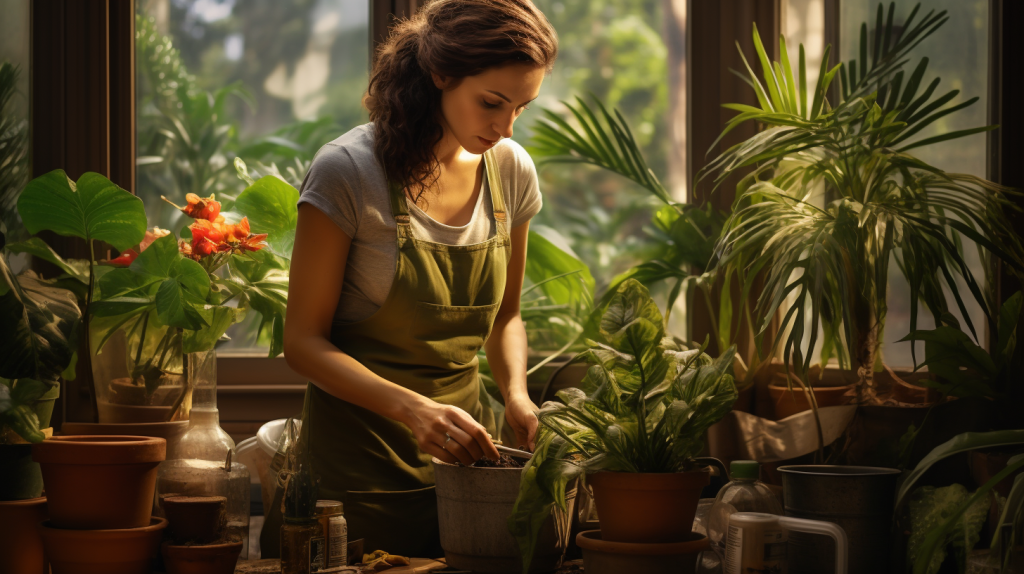Cleaning house plants is vital as they have gained immense popularity in the last few years as people keep many of them indoors. Besides offering visual delight, these green companions contribute to improving air quality and creating a calming atmosphere. However, just like other living organisms, plants require care and maintenance, a crucial part of which is cleaning.
So, “How exactly do we clean house plants?” This comprehensive guide will delve into the various aspects of cleaning house plants, including the best times, techniques, and natural cleaners to ensure that your green friends stay healthy and beautiful.
Best Time To Clean Plants
The question about the optimal time for cleaning your house plants might have crossed your mind several times. While you can clean your house plants throughout the year, spring is generally considered the best season.
The reason behind this is simple – spring signals a phase of growth for most plants after a dormant winter. Therefore, cleaning your plants during this season can ensure that they have unblocked pores, facilitating better photosynthesis and hence, more efficient growth.
Furthermore, considering the daily time for this activity, early morning or late evening works best. The mild temperatures during these periods can prevent the plant from going into shock due to a sudden change in conditions.
Best Way To Inspect House Plants
Before diving straight into the cleaning process, a critical step is to thoroughly inspect your house plants. Regularly checking them for signs of distress can alert you early to potential problems. Symptoms to watch out for include discoloration, spots, holes, or pests. An initial inspection can help you assess whether your plant needs just a light dusting or a more thorough cleaning.
What Is The Best Way To Clean Indoor Plant Leaves?
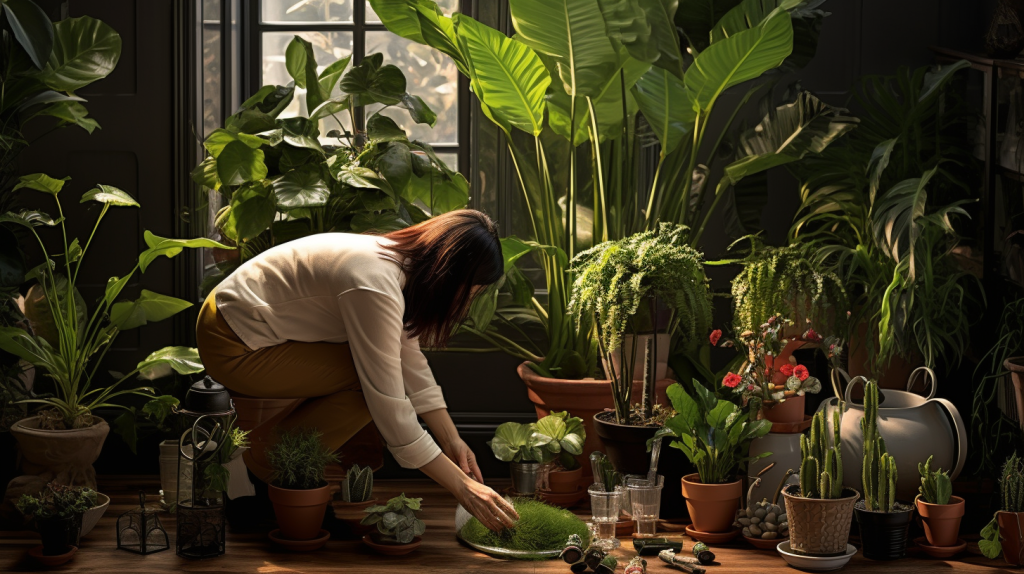
Now, let’s move on to the actual cleaning part. The best way to clean indoor plant leaves is dependent on the type of plant, but there are some general rules that you can follow.
For most plants, using a soft cloth or sponge that’s been lightly dampened with lukewarm water should be sufficient. Make sure to support the leaf from underneath with your hand to prevent it from breaking. If the plant is large or heavily infested with dust, you might want to consider giving it a gentle shower. Protect the soil from becoming waterlogged by covering it with a plastic bag or aluminum foil before doing so.
Cleaning Hairy Leaves
House plants with hairy leaves, like African Violets or Begonias, require a bit more caution during the cleaning process. The hair on these leaves, known as trichomes, can trap dust more readily and might be sensitive to touch.
Instead of using water, which can adhere to the hairs and cause leaf rot, you should use a soft brush. A paintbrush or a makeup brush can serve as excellent tools to gently dust off the surface.
Cleaning Smooth Leaves
Cleaning plants with smooth leaves is comparatively simpler. For plants like Rubber plants or Monstera, you can simply wipe the leaves with a soft, damp cloth or sponge. If the leaves are heavily soiled, consider using a mild solution of liquid dish soap and water. However, ensure to rinse the leaves thoroughly afterward to prevent soap residue buildup.
How Do I Make My Houseplants Leaves Shiny?
A common question among plant enthusiasts is about maintaining the lustrous shine often seen on house plants in nurseries. This is usually due to the use of leaf shine products. However, these are not recommended for home use as they can clog the leaf pores, interfering with the plant’s breathing.
Instead, a simple wipe with a cloth dampened with water can give your plant leaves a natural shine. Regular cleaning also ensures that dust and grime don’t dull the leaf surfaces.
What Disinfectant To Use On Indoor Plants?
There might be situations where it becomes necessary to disinfect your plants, especially if they have been affected by pests or disease. In such cases, a mild solution of dish soap and water can work wonders. For a more robust solution, you could consider using a mixture of one part bleach to nine parts water. However, it’s imperative always to test any solution on a small part of the plant before treating the whole plant.
What Is The Best Natural Plant Cleaner?
If you’re a plant enthusiast who prefers natural over chemical, there are a plethora of options for you. One of the most simple and effective natural cleaners for plants is a mixture of water and mild dish soap. For those stubborn stains and tougher grime, adding a little white vinegar to the mix can prove effective. This solution is not only natural but also non-toxic, ensuring that it won’t harm your plants in the long run.
Conclusion on Cleaning House Plants
In conclusion, cleaning house plants goes beyond aesthetics—it’s an essential aspect of plant care that fosters healthy growth. With these detailed tips and practices, your indoor green oasis will be the epitome of health and beauty, enhancing your living spaces with their vibrant vitality.
Frequently Asked Questions (FAQs)
Q1: How often should I clean my house plants?
The frequency of cleaning depends on the environment and the type of plant. However, a general guideline would be a light dusting every week and a more in-depth clean every few months.
Q2: Can I use vinegar to clean my house plants?
Yes, vinegar mixed with water can serve as a potent natural cleaner for stubborn grime. However, remember to use it sparingly, as an excess can damage the plant leaves.
Q3: Why are the leaves of my plant turning yellow after cleaning?
Yellow leaves can often be a sign of overwatering. Make sure you dry the leaves thoroughly after cleaning to avoid leaving the plant in a moist condition that encourages fungal growth.
Q4: Can I use commercial leaf shine products for my house plants?
While commercial leaf shine products can offer an immediate gloss to your plants, their long-term use can clog leaf pores and hinder photosynthesis. It’s always best to opt for natural methods like a simple water wipe.
Q5: Can I shower my large house plants?
Absolutely! Showering is a great way to clean large plants. Just ensure that you use lukewarm water and prevent the soil from getting waterlogged by covering it up.

